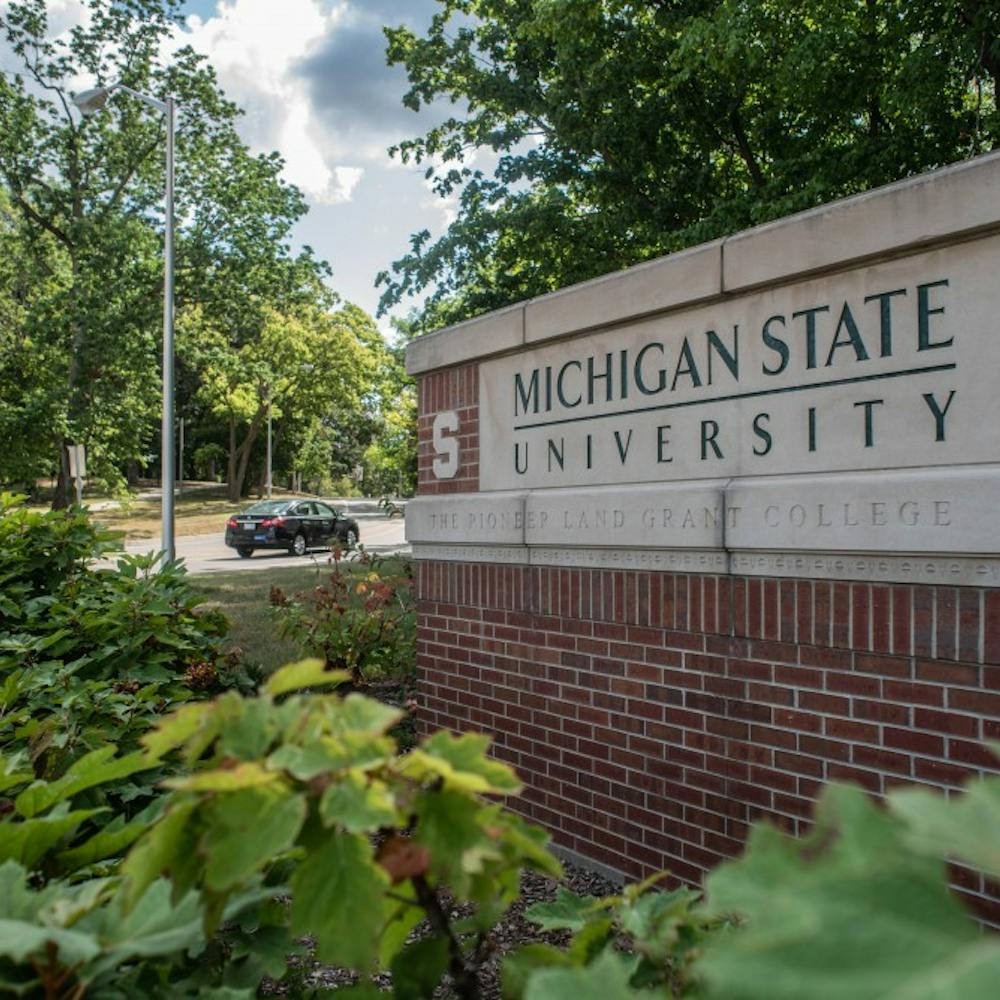From the comfort of their own home or residence hall room, students can take part in a program that is working to help researchers find a cure for anthrax, a potentially deadly bacteria.
The project, funded by Microsoft and Intel Corp., uses a screen saver-type program to link participating computers together, creating a virtual supercomputer.
It uses the same “peer-to-peer” technology found in file-sharing programs, such as Napster and Audiogalaxy.
The linked computers will be using their unified processing power to assist Oxford University researchers in scanning about 3.5 billion molecular compounds to see if any can block the toxic anthrax protein binding process.
The results from the research could be used as blueprints for late-stage anthrax treatments, and will be given to the United States and British governments.
“This really turns the whole concept of computing on its head,” said Rich Wiggins, senior information technologist at the MSU Computer Center.
“Now, the regular system you can get at Best Buy can get up to 2.2 gigahertz. That’s a lot of processing power. If you can network a bunch of those together, you can do far better than the biggest, best computer that IBM or any other company can stitch together.”
A study done at Natural Resources found that the cost of running a single computer came to about $75 per year, he said.
“In one sense it’s a great thing,” Wiggins said. “Computers are sitting idle and consuming energy anyway, but on campus, it’s not students who’re donating electricity - the institution is.”
Terry Link, director of the Office of Campus Sustainability, said he is skeptical of whether the program can do what its designers say.
Depending on how efficient the project is, it could be wasting MSU’s electricity to do work at another far-off institution, as well as being potentially dangerous.
“It sounds kind of far out to me,” Link said.
“On the face of it, I’d have to be convinced that it operates the way they say it will, and without it, the work they say it’s doing can’t be done.”
But Intel officials assure users that the program is completely safe.
“A concerted effort is being made to protect the data and user environment on this project,” Intel spokesman Daven Oswalt said.
“We feel very strong about the privacy aspect on this.”
The idea to link computers together for their processing power isn’t a new concept.
Similar programs are circulating to help researchers find cures for cancer, leukemia and to search for extraterrestrial life.
The cancer program, also sponsored by Intel, garnered 1.3 billion users around the world, and put together computing power that is 10 times more powerful than all the world’s largest supercomputers combined, Oswalt said.
Despite the cost, some students support the project and think that the expense is worthwhile.
Education sophomore Amy Frazier isn’t sure if she’ll use the program, but said she believes in its goal.
“If it’s going to a good cause, then I think the university should support that,” she said.





